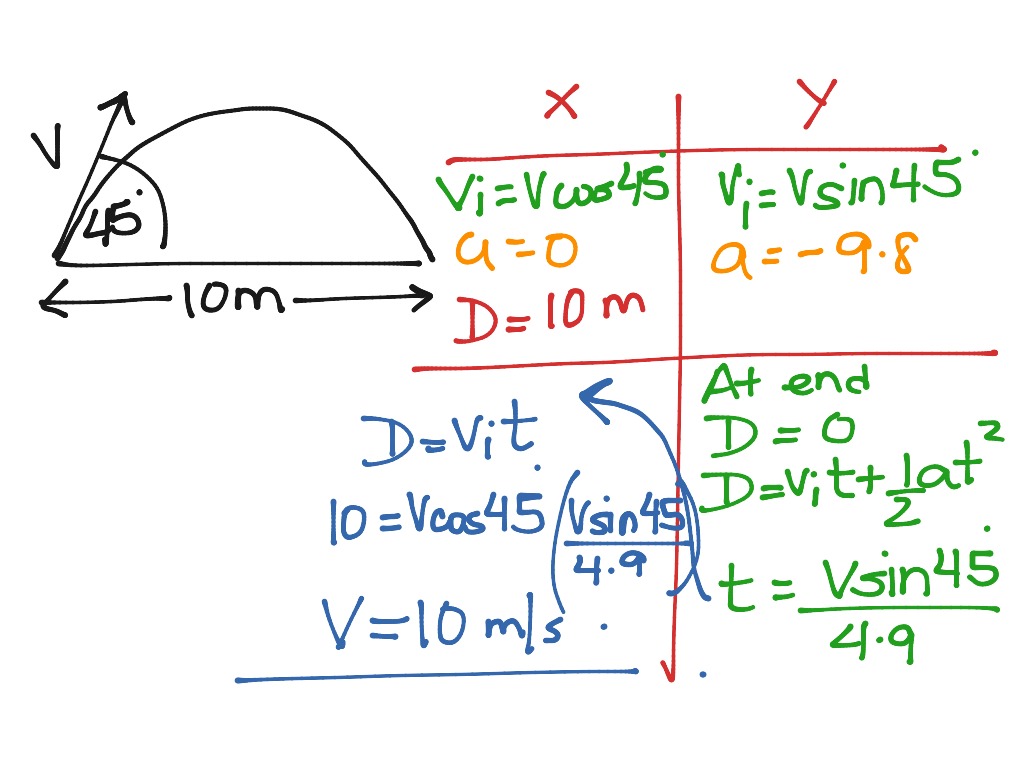
Yes, an object can have northward velocity and a southward acceleration, this is possible when a body is moving towards the north and gradually its velocity decreases. Q.7) Can an object have a northward velocity and a southward acceleration? Explain. In this situation, the speed of an object is constant while the velocity is not constant. The speed of the body will be uniform while the direction of body change at every point, therefore the velocity of the body is changing at each point. Suppose an object moving in uniform circular motion.

Q.6) Describe the situation in which the speed of an object is constant while the velocity is not. The acceleration of the ball will be g = 9.8 m/s 2 directed toward the earth. Now a person standing on the roof a building throws a rubber ball down with a velocity of 8 m/s. what is the acceleration (magnitude and direction)of the ball?Īs we know that all bodies falling toward earth with a constant acceleration of g = 9.8 m/s 2. Read more: Physics class 9 Chapter 1 questions and answers Mardan board Q.5) A person standing on the roof a building throws a rubber ball down with a velocity of 8.0m/s. Yes we can have zero acceleration and non zero velocity in case of uniform motion in which an object is moving in straight line with constant velocity, here object has non zero velocity but there is no change in velocity so no acceleration. Q.4) Can an object have zero acceleration and non zero velocity at the same time? Give example. Whereas the same body is at rest and have acceleration zero with respect to another observer sitting inside the bus. For example, a body in the bus is accelerating with respect to an observer on the ground. Since, acceleration is indirectly dependent on displacement if the body is at rest with respect to some observer, it’s displacement is zero with respect to that observer, in the situation acceleration should be zero with respect to that observer, in this case it is not possible for an object to be accelerating and at rest at the same time.īut if we have a relative motion then for the same event two observers can have different observations. We know that the motion and rest are not absolute but relative.Īs, acceleration = a = change in velocity / elapsed timeĪnd velocity = v = displacement / elapsed time Q.3) Is it possible for an object to be accelerating and at rest at the same time? Explain with example. Suppose a car is moving with 50 km/h, it is the speed of a car, but when you specify 50 km/h towards West, then it is the velocity of a car. The difference between speed and velocity is that velocity has a direction (the direction of the instantaneous speed) associated with it. Physics class 9 Chapter 2 (Kinematics) questions and answers Mardan board 3 Q.2) Does a speedometer measures a car’s speed or velocity?Ĭar speedometer only measures speed and doesn’t give any information about direction. The distance and displacement will be equal when a motion of a body from one point to another point is in a straight line.įor example, Suppose a body only moves from ‘O’ to ‘C’, the distance is the actual path covered by the body, while displacement is the shortest distance between ‘O’ and ‘C’.


But the student is in the same point where he was initially hence his displacement is zero as shown in figure below. Here path traveled is distance which is 16 m.

Here the path traveled is 3 + 5 + 3 + 5 = 16m. Then 3m in the south to reach point D and finally 3m to east and comes the same initial point A. He moves 3m north and reaches point B, 5m in the west to reach point C. Yes, it is possible that the displacement is zero but distance is not zero.įor example, a student leaves school from point A.


 0 kommentar(er)
0 kommentar(er)
